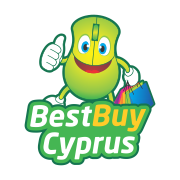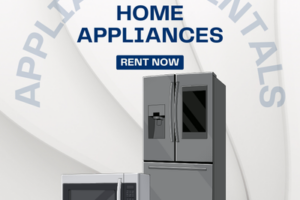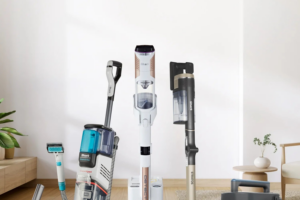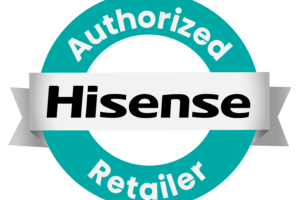The European energy labels are designed to provide consumers with information about the energy efficiency of various appliances. These labels are mandatory for a wide range of products sold in the European Union (EU) and have recently undergone some changes to make them more effective and easier to understand. Here’s an explanation of the new European energy labels:
- Energy Efficiency Scale: The energy labels now use an A to G scale to rate the energy efficiency of products. The scale used to be A+++ to D, but the new scale eliminates the “+” ratings to reduce confusion. The highest rating, A, represents the most energy-efficient products, while G indicates the least efficient ones.
- QR Code: The labels now include a QR code that consumers can scan to access additional information about the product, such as energy consumption, noise levels, and other technical specifications. This helps consumers make more informed decisions.
- Product Information: The labels provide essential information about the product, including the brand, model, and capacity, to help consumers compare different models easily.
- Energy Consumption: The new labels feature clearer energy consumption information, usually displayed in kWh (kilowatt-hours) per year or per 1,000 hours of use. This allows consumers to estimate the long-term energy costs associated with using the appliance.
- Icons: The labels include icons that represent the specific features or functionalities of the product. For example, for washing machines, icons may indicate the capacity, spin speed, and noise level.
- Rescaled Categories: The rescaling of energy efficiency categories means that the previous top-rated products (e.g., A+++) will likely fall into lower categories (e.g., C or D) under the new system. This adjustment aims to reflect the evolving technological advancements and encourage manufacturers to continue improving energy efficiency.
It’s important to note that not all product categories have transitioned to the new labels simultaneously. The new labels are gradually being introduced for various appliances, including refrigerators, washing machines, dishwashers, televisions, lamps, and more.
By providing clearer information and simplified ratings, the new European energy labels aim to empower consumers to make more energy-efficient choices when purchasing appliances, ultimately contributing to a greener and more sustainable future.










